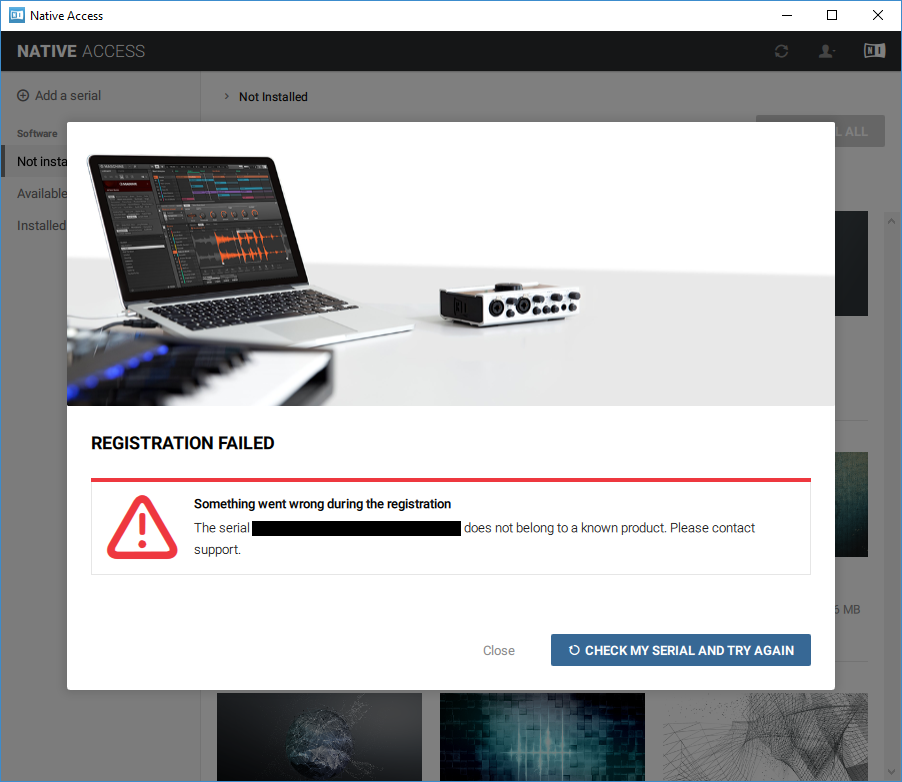

So running native software-apps written especially for Apple Silicon machines-is almost always better if you have the choice.

If you were to compare the same app running through Rosetta 2 versus running natively on Apple Silicon, the native version of the app should theoretically run faster and more efficiently. RELATED: How the Mac Will Switch From Intel to Apple's Own ARM Chips Rosetta 2 Is Great, but Native Apps Are the BestĮven though Rosetta 2 is amazing, there’s still a performance penalty for running non-native software on a Mac, since the software wasn’t specially optimized to run efficiently on the new architecture. Rosetta 2 translates the underlying software code between architectures and then saves what it has learned in order to run the app even faster the next time. The first time you attempt to run an Intel app, Rosetta 2 will be installed, and the app will run seamlessly after that. The technology that Apple uses to automatically translate Intel Mac software to run on Apple Silicon Macs is called Rosetta 2, and it’s fairly amazing. This means that the CPUs inside the two types of Macs work in fundamentally different ways and that the software that runs on Intel Macs must either be translated on the fly using special software or changed (rewritten or recompiled) by the developers in order to run natively on Apple Silicon Macs. RELATED: What Does it Mean for Software to Run Natively? Apple Silicon Macs Have a New Architecture Apple, Inc.Īt their core, Apple’s new Apple Silicon Macs use a different computer architecture ( ARM) from Intel-based Macs ( x86-64). Also, non-native software may not take advantage of all the features and advantages of the new architecture. On the downside, this translation process adds complexity and computation time, which means that non-native software usually runs slower than native software.

This allows non-native software to run as translated or emulated software, with few or no preparations needed by the software developer. But there are special software tools called emulators, virtual machines, and binary translators that can help the process along by translating code between architectures on the fly as you run the software. Normally, a computer can’t run non-native software. If software is non-native, it was created for another type of computer than the one you’re using.

Software that is “native” to a certain computer system has been written especially for that type of computer (otherwise known as an “architecture”).


 0 kommentar(er)
0 kommentar(er)
